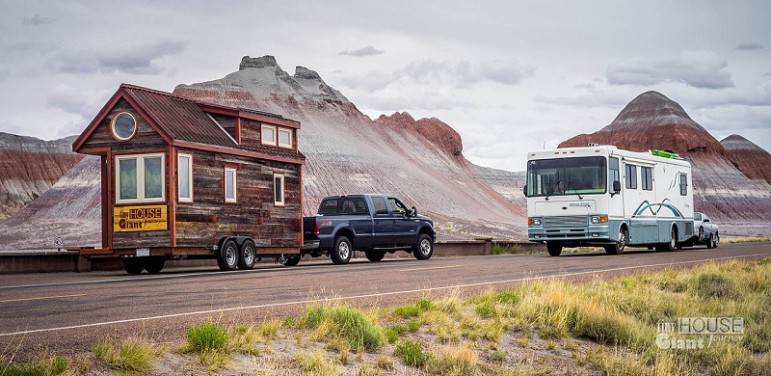
January 8, 2016; Minneapolis Star Tribune
The tiny house movement, which is often credited as having gained popularity thanks to Sarah Susanka’s 1997 book, The Not So Big House, has captivated architects, designers, city planners, and increasingly eco-conscious homebuyers on either end of the buying market. There are millennials who, faced with uncertain economic growth and unwilling to tie to the long-term mortgages of their parents’ generation, are considering tiny houses. Architects and designers are intrigued with the challenges of making 1,000 square feet and smaller feel like living large. City planners appreciate the economic possibilities, and even Boomers are willing to engage if downsizing to tiny can work with a lifestyle they can enjoy.
In St. Paul, according to the Minneapolis Star Tribune, “the concept of downsizing to homes of as little as 100 square feet for environmental, financial, social and even spiritual reasons is gaining traction in the United States. […] And a development project on St. Paul’s East Side may go a long way toward” answering the question of whether Minnesotans will love having tiny houses gaining ground in their home town.”
Not everyone is a fan, of course. As NPQ reported in an earlier article on possible use of tiny homes for the homeless, Los Angeles City Councilman Joe Buscaino expressed his concern about tiny homes, on average “the size of a garden shed,” and which are “built on wheels so that [they] can be moved frequently enough to skirt laws against loitering or trespassing.” Buscaino felt “each home would require reflective markings” and that this idea overall might not be the best of solutions.
But many others, as the Star Tribune piece showcased this week, would argue tiny houses are a game-changer and feel they offer exciting alternatives to traditional notions of housing in addition to posing the question of “how much space one really needs—and encourages living in a sustainable way.”
Sign up for our free newsletters
Subscribe to NPQ's newsletters to have our top stories delivered directly to your inbox.
By signing up, you agree to our privacy policy and terms of use, and to receive messages from NPQ and our partners.
Among the architecture community, there has sprouted “a competition of sorts to design appealing, cost-effective, environmentally friendly tiny homes. […] One of the movement’s pioneers, Geoff Warner of St. Paul-based Alchemy Architects, has teamed with the Robert Engstrom Cos., the city of St. Paul, and an East Side nonprofit developer to propose a tiny house cluster as a demonstration of how such homes could spur development of affordable for-sale housing.”
A cluster of Alchemy Architecture’s “Weehouse” prefabricated tiny homes has been proposed for St. Paul’s East Side, an area that connects downtown St. Paul “with an “emerging business and entertainment corridor.” The Weehouses are described as “modular boxes prefabricated in factories and designed by Warner to vary in size from 300 to 850 square feet. They can be set up side-by-side to create stand-alone neighborhood clusters, or stacked on top of each other to build bigger single-family or multifamily dwellings.” The Star Tribune article also said “their real innovation is that they’re hardly Spartan: They include modern aesthetic features such as floor-to-ceiling glass and open kitchens, while also emphasizing energy efficiency with passive solar design, reflective roofs and geothermal heating.”
The hope of planners there is that the “units will market for around $100,000,” putting it at “a price that can appeal to a wide range of people, including first-time home buyers of all racial backgrounds.” According to a report issued by tech company SmartAsset, “in over half of the biggest U.S. cities, the typical millennial can’t afford a 1,000 square-foot home.” Warner’s hope, which is shared by many enthusiasts of the growing trend, is that more and more people will realize “you don’t need to have huge spaces to have really nice spaces.”
In the city of St. Paul’s case, the municipality “will need to craft a new zoning overlay designation governing such clusters of tiny housing.” But this is being “envisioned as a possible template for other cities across the state and country seeking to encourage the tiny living phenomenon.”—Susan Raab













